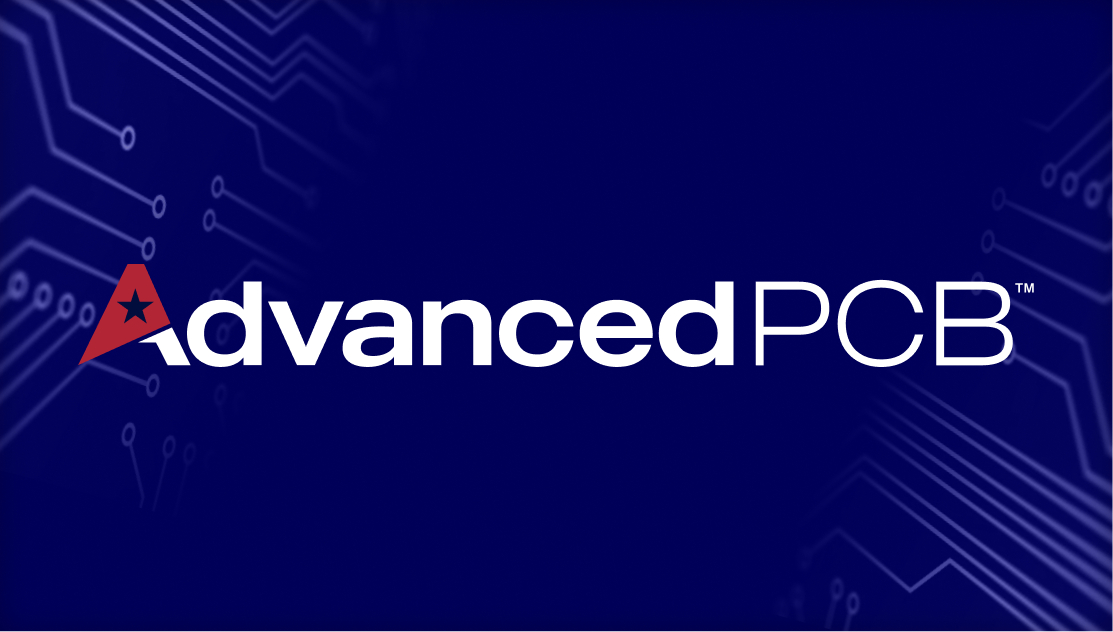Printed Circuit Boards Defining Wearable Market

.jpg?lang=en-US) It is no secret that the market for wearable technology continues to grow at a fast rate. Smartwatches, fitness trackers, biometric readers and more are all sought after for their ability to connect consumers with their existing devices. However, while wearables continue to add in new components and features, the fact remains that consumers demand high quality data that they can then analyze. High quality printed circuit boards are required in order to make this happen.
It is no secret that the market for wearable technology continues to grow at a fast rate. Smartwatches, fitness trackers, biometric readers and more are all sought after for their ability to connect consumers with their existing devices. However, while wearables continue to add in new components and features, the fact remains that consumers demand high quality data that they can then analyze. High quality printed circuit boards are required in order to make this happen.Zulki Khan’s article of September 28, 2015 in Embedded.com, Fundamentals guide wearable PCB designs, discusses finding the ‘sweet spot’ with PCB laminate materials that are cost-effective and that deliver the characteristics necessary in today’s wearables, such as low dielectric loss. Khan also points out: “Wearable PCBs require much tighter impedance control, which is an essential element for a wearable device, resulting in cleaner signal propagation.” Khan continues with a comparison of FR4 and Rogers 4000 Series laminates and declares: “Coefficient of thermal expansion (CTE) for Rogers 4000 Series has exceptional dimension stabilities.” This discussion continues on EETimes.
Since the market for wearable technology is also exploding for first responders, aerospace firms and defense applications, it is necessary to tool your product to provide the most value to the end user. Due to the size of the product, PCBs must be made smaller and thinner than ever before while delivering accuracy that older generations of technology failed to accomplish. As the market for wearable technology expands, expect more focus to be put on biometric sensors and accuracy over calling and texting features.
Looking Toward Future Printed Circuit Boards
As with all technologies, printed circuit boards continue to evolve over time. From the earliest PCBs, which were made from materials like Bakelite, Masonite and even layered cardboard, to the advanced laminates used today, a lot has been done to improve PCB design, function and performance in the last century. New printed circuit board technologies, such as flex circuits and those created from 3D printers, are being tested as engineers continue to look for ways to maximize value while minimizing costs. Stay up-to-date on the newest capabilities for PCBs and learn more about the laminates and materials available for your next order by contacting an expert at AdvancedPCB today.
AdvancedPCB
Related Posts

Future trends of the circuit board
As consumer demands for faster, smaller and more efficient devices intensify, so do printed circuit board requirements. PCBs are the backbone of all electronic devices. They affect their size, speed and functionality.
Future trends of the circuit board
Read More

2-Layer vs. 4-Layer Printed Circuit Boards
When it comes to printed circuit boards (PCBs), there are infinite possibilities for how many layers you can have. Some supercomputers have nearly a hundred layers in their construction, but, the most common layered PCBs usually have only two or four layers.
2-Layer vs. 4-Layer Printed Circuit Boards
Read More

Understanding the Difference between PCB prototyping and Full Spec Production
Printed Circuit Board manufacturers such as AdvancedPCB offer two main types of services- Printed Circuit Board Prototyping (PCB) and full spec production. But what exactly do these mean, and what does each have to offer?
Understanding the Difference between PCB prototyping and Full Spec Production
Read More
Browse
All Categories
Recent Posts
View Recent Posts


